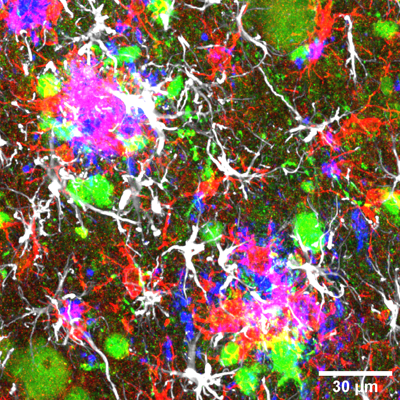A significant advance has been made in understanding Alzheimer’s disease, the Stop Alzheimer Foundation announced on Tuesday.
In collaboration with VIB-KU Leuven laboratory, researchers have identified an extensive diversity among amyloid plaques. Until now, these proteins, partially accountable for the degenerative neurological disorder, were presumed to be uniform.
Alzheimer’s disease (AD) is the most common form of dementia. It causes memory loss, language difficulties, disorientation, mood swings and behavioural issues.
The presence of amyloid plaques in the brain was already established, but the exact cause of this condition is still unknown. These plaques, composed of misfolded fragments of β-amyloid protein, form within neurons.
Research led by Professor Lucía Chávez Gutiérrez of VIB-KU Leuven has significantly advanced our understanding of these plaque compositions.
Working with researchers from the Mannheim University of Applied Sciences, they have shed light on the heterogeneity of amyloid plaques, previously considered homogenous. A ‘surprising level’ of diversity among the plaques was discovered using a new imaging technique, multimodal mass spectrometry, combined with machine learning.
The findings allow for a distinction between harmful and benign plaques. Moreover, their specific composition appears to differ significantly between patients with advanced AD and those with amyloid deposits but without cognitive decline, one of the study’s authors, Dr Thomas Enzlein, explained.
The discovery marks a turning point in AD research, according to the Stop Alzheimer Foundation, which funded the research done in Belgium.

